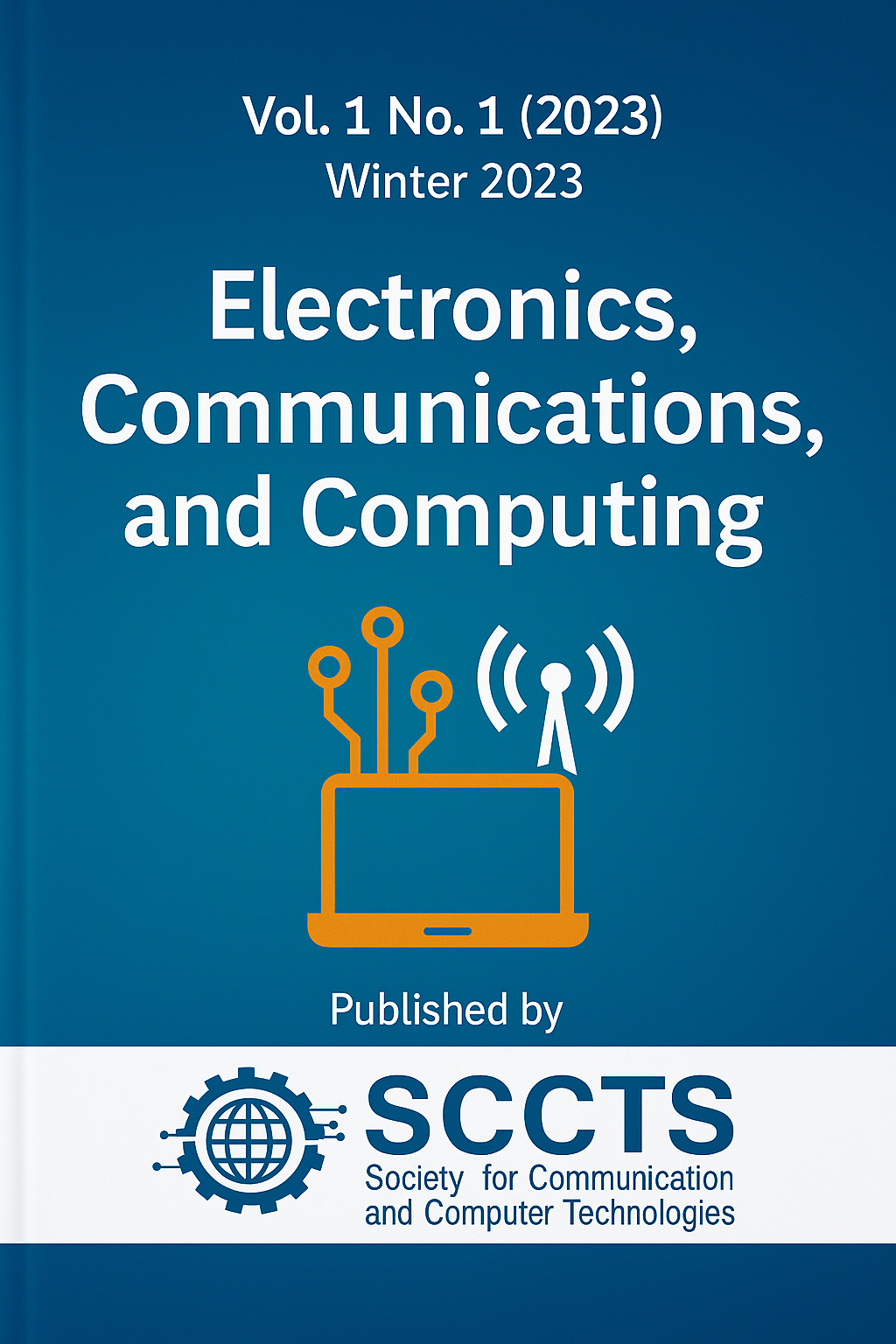Adaptive Resource Allocation in Cloud Data Centers: A Machine Learning-Driven Framework for Energy Efficiency and SLA Compliance
Keywords:
Adaptive Resource Allocation, Cloud Computing, Machine Learning, SLA Compliance, Energy Efficiency, Reinforcement Learning, LSTM, CloudSimAbstract
Cloud data centers have become a modern revolution in the digital infrastructures, providing scalable and on-demand provision of compute services in myriad applications. Nevertheless highly dynamical workloads, user demands and strict Service Level Agreements (SLAs) are sources of challenges to them when it comes to the efficient and responsive deployment of resources. Static or heuristic-based resource management that is traditionally used frequently leads to underutilized resources, higher energy consumption, and breaking of service-level agreements due to which the operational effectiveness of the system and its user satisfaction decline. In order to manage such challenges, this paper introduces a new machine learning-based adaptive resource allocation framework in the cloud data centers where the workload prediction, intelligent scheduling, and energy-conscientious decision-making are combined. The main elements of the framework are a Long Short-Term Memory (LSTM) model that can be used to predict the future patterns of workload on the basis of the historical data of resource usage and a Reinforcement Learning (RL) agent that can be used to make the real-time dynamic decisions regarding the resource distribution. It provides the support of the vertical and horizontal scaling of the resources, performs the intelligent virtual machine (VM) placement and migration, and introduces power-aware policy to reduce energy wastage. Load balancing and effective task assignment are guaranteed by inserting modular scheduling layer provided with thermal constraints and SLA constraints. The architectural implementation and validation would be made based on the CloudSim simulation toolkit that could figure out the real-world traces of workloads taken as the dataset of Google Cluster. Comparative experiments with baselines heuristics - FirstFit and BestFit prove the offered solution to be much better in terms of SLA compliance (17%), energy usage (-23%), and resources utilization (-21%). The outcome of these tests confirms the usefulness of incorporating machine learning schemes into cloud resource management applications and reinforces the applicability of the framework against the creation of sustainable and high-performance cloud computing infrastructures. Newer advances will look into federated learning of multi-cloud orchestration and carbon-x architecture focused resource provisioning for greener computing.



